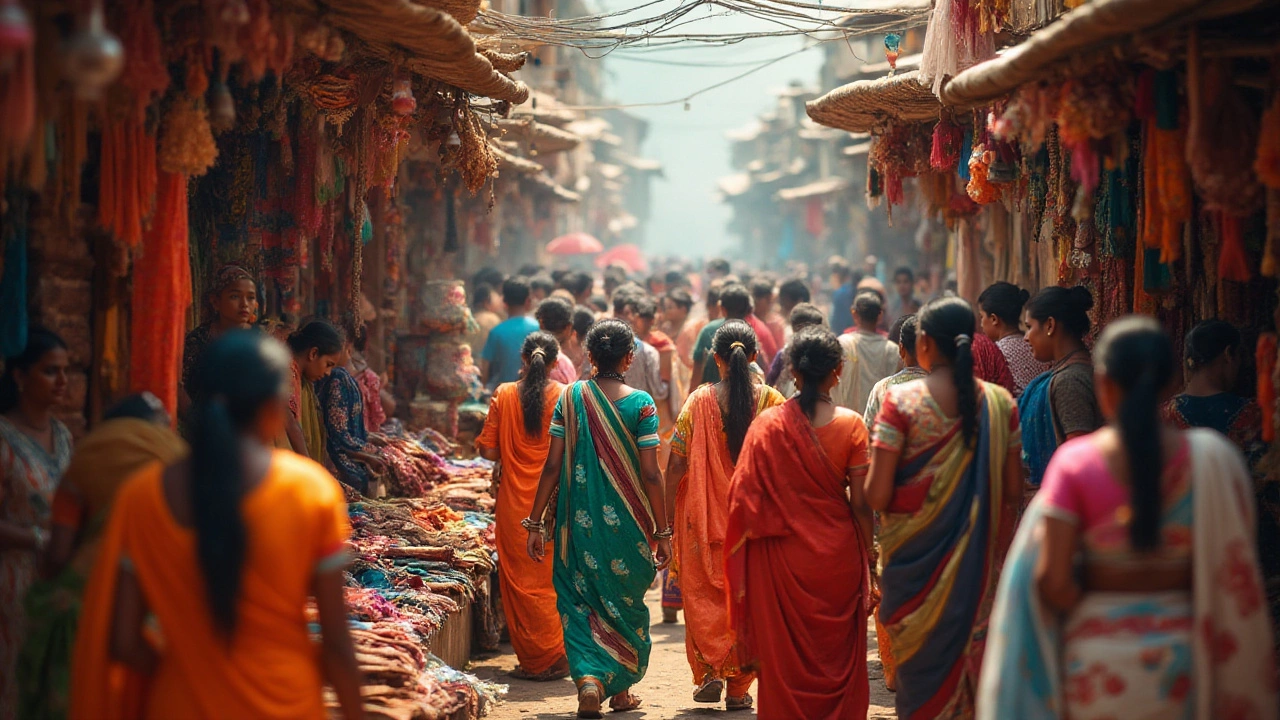Popular Fabrics: What’s Hot and How to Choose Them
If you work in manufacturing or design, knowing which fabrics are in demand can save you time and money. Today the market favors a mix of comfort, durability, and sustainability. Below you’ll find the fabrics that are selling the most, why they matter, and how you can get them without hassle.
Top 5 Fabrics Dominating the Market
Cotton stays the king of everyday wear because it’s breathable, soft, and easy to dye. It’s a favorite for T‑shirts, bedsheets, and casual shirts. Prices are stable, and you can source it from India, the US, and China.
Polyester wins on durability and low cost. It resists wrinkles, dries fast, and mixes well with other fibers. Sportswear, jackets, and home décor often use polyester blends.
Silk remains a luxury choice. Its natural sheen and smooth feel make it perfect for high‑end apparel and interior accents. Though pricey, silk from China and India still commands strong demand.
Linen has surged with the rise of eco‑friendly fashion. It’s light, strong, and gets softer with each wash. Linen suits, dresses, and summer home textiles are selling fast.
Denim never goes out of style. From classic jeans to modern jackets, denim’s durability and rugged look keep it popular. Stretch denim blends add comfort without losing the iconic look.
Sourcing Tips for Manufacturers
First, map out your volume needs. Small orders can be handled by local wholesalers, while large runs benefit from overseas factories that offer lower unit costs.
Second, check certifications. Look for OEKO‑Tex or GOTS labels if sustainability is a selling point. Certified fabrics help you meet buyer expectations and avoid future compliance issues.
Third, request sample swatches. A quick feel test reveals if the fiber meets your quality standards before you commit to a full batch.
Fourth, negotiate payment terms. Many suppliers agree to a 30‑day window after delivery, which helps you keep cash flow healthy.
Finally, keep an eye on trade data. Import statistics from countries like Bangladesh, Vietnam, and Turkey can signal shifting prices, allowing you to lock in better rates ahead of a surge.
By focusing on these five fabrics and following practical sourcing steps, you can stay ahead of trends, keep costs under control, and deliver products that customers love. Whether you’re a small workshop or a large factory, the right fabric choice makes a big difference in quality and profit margins.

Most Sought-After Fabrics in India: The Current Trends
India has long been a hub for textile production and export. With its diverse climate and rich cultural history, the nation's demand for various fabrics shifts constantly. As markets evolve, certain textiles gain popularity due to their functionality, aesthetics, and sustainability. Understanding the demand for these fabrics provides insight into consumer preferences and industry trends.
